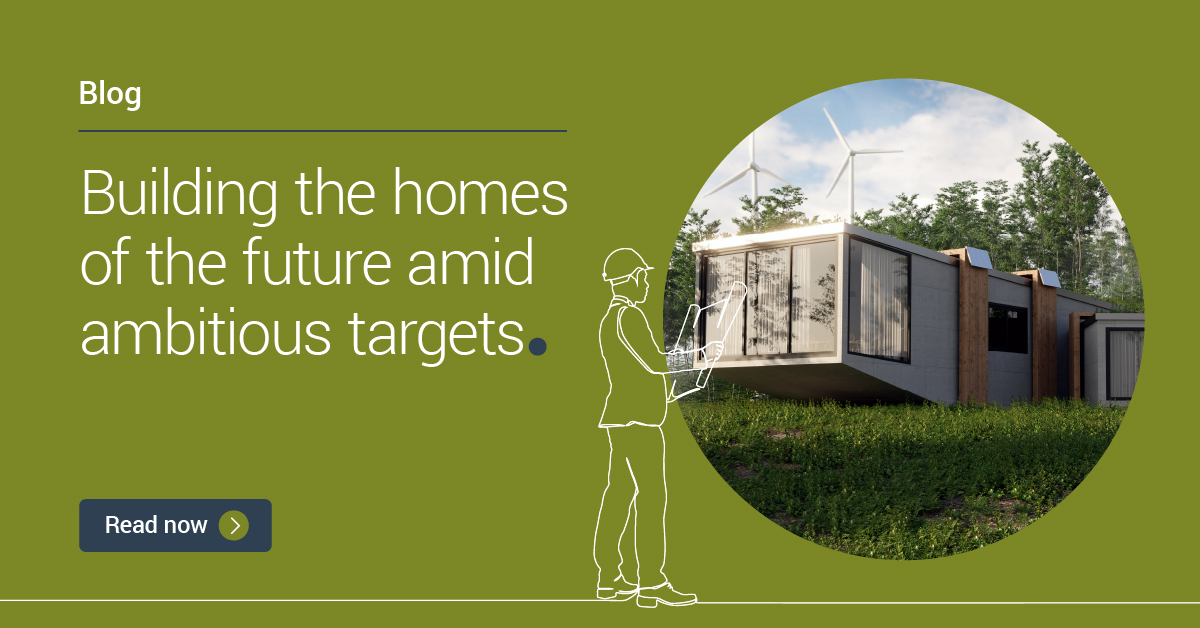Landmark’s Sustainability Blog: Building the homes of the future amid ambitious targets
In our latest report, Reflections and predictions for sustainability in the property sector in 2025, Landmark’s Sustainability Director Chris Loaring, discusses the developer’s view on national housebuilding targets, biodiversity net gain (BNG), and the roll-out of the Future Homes Standard.
The year ahead promises significant opportunities and challenges for property developers in the UK. Chief among those is the government’s ambitious plan to build 1.5 million new homes over the next five years of parliament – the equivalent of 370,000 homes per annum.
To facilitate this goal, the revised National Planning Policy Framework (NPPF) has installed mandatory targets for local authorities, which prioritise the development of brownfield and newly defined grey belt land.
Crucially from a sustainability perspective, this accelerated homebuilding effort coincides with the full roll-out of the Future Homes Standard (FHS) regulations. This generational change to the way British homes are powered and heated will ensure that all new homes built from 2025 onwards comply with FHS stipulations.
The aim is to decarbonise new homes, with new builds producing 70-80% less carbon emissions thanks to various technologies, including heat pumps, triple glazing and high-quality insulation.
Furthermore, we are now one year on from the introduction of biodiversity net gain (BNG) rules. Mandatory in England under Schedule 7A of the Town and Country Planning Act 1990 (as inserted by Schedule 14 of the Environment Act 2021), BNG dictates that new developments must result in more or better-quality natural habitat than there was before development.
A mandatory target of at least 10% BNG must be achieved, either on-site, off-site, or by buying statutory biodiversity credits as a last resort. As a result, many house builders have incorporated nature-friendly interventions – such as hedgehog highways and bird boxes – into developments.
The homebuilding industry has adapted and evolved to deliver against these regulatory checks and balances. Leading developers have been preparing for the Future Homes Standard for several years, with prototype homes (including zero-bill houses) trialled and even sold to customers in some cases.
The big challenge ahead will be balancing consumer and environmental needs. How do you build an all-electric home that also offers affordable bills? It will be fascinating to find out.
Read our report
We believe that peer collaboration is essential to achieve sustainability targets. That’s why Landmark spoke to a panel of leading industry sustainability experts from Latham & Watkins, Taylor Wimpey, Savills, OSB Group, and our own Sustainability division to discuss the direction of travel for sustainability in the property market in 2025.
Read our report now: Reflections and predictions for sustainability in the property sector in 2025
Kindly shared by Landmark



















